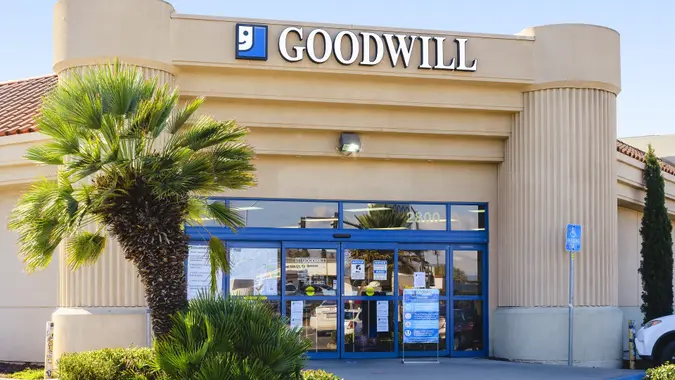
On various online platforms, individuals have been sharing their experiences regarding working conditions in different retail environments, including Goodwill. These accounts shed light on concerns about cleanliness practices within the organization, particularly regarding the handling and preparation of items for sale.
Reports suggest that some Goodwill employees have expressed dissatisfaction with the lack of cleaning procedures for items sold in their stores. Allegations include claims that items are not adequately sanitized or cleaned before being placed on the sales floor, potentially exposing
While these accounts may raise concerns among shoppers, it’s essential to consider diverse perspectives and experiences. Some individuals have shared anecdotes of encountering unsanitary items or feeling uneasy about the cleanliness of products purchased from Goodwill. However, others have noted that cleanliness standards may vary depending on the location and the diligence of staff and volunteers.
It’s important for consumers to exercise caution and hygiene practices when shopping at thrift stores or purchasing second-hand items. Many individuals advise washing clothes and other items thoroughly before use, regardless of their origin or source. This proactive approach can help mitigate potential health risks associated with unclean merchandise.
Ultimately, the veracity of these allegations and the cleanliness practices employed by Goodwill may vary from store to store. Transparency and accountability in addressing these concerns can contribute to fostering trust and confidence among both employees and customers.
It’s crucial for organizations like Goodwill to prioritize the health and safety of their employees and customers by implementing robust cleaning protocols and ensuring adherence to hygiene standards. By addressing these concerns and striving for continuous improvement, thrift stores can maintain their reputation as reliable and responsible retailers in the community.
